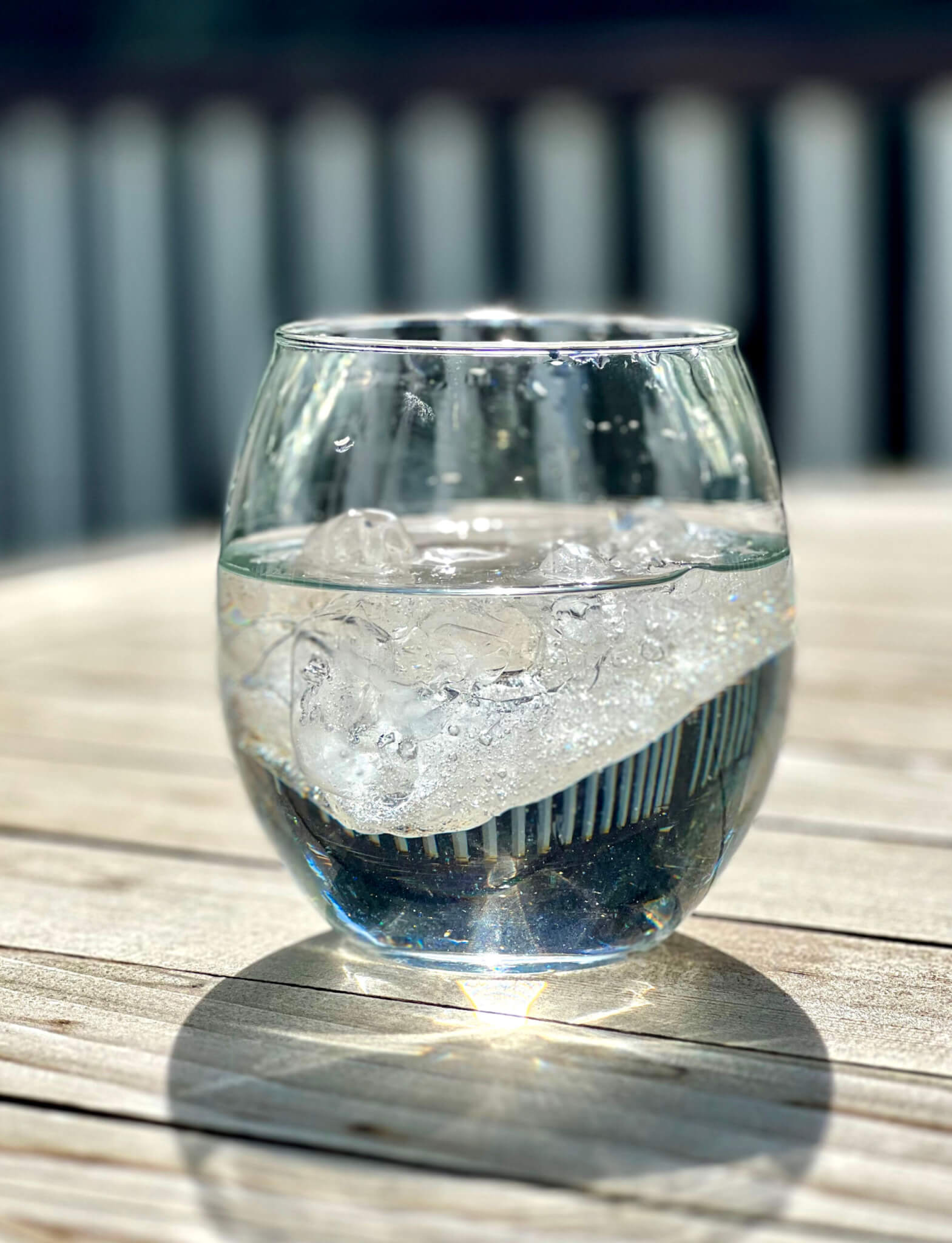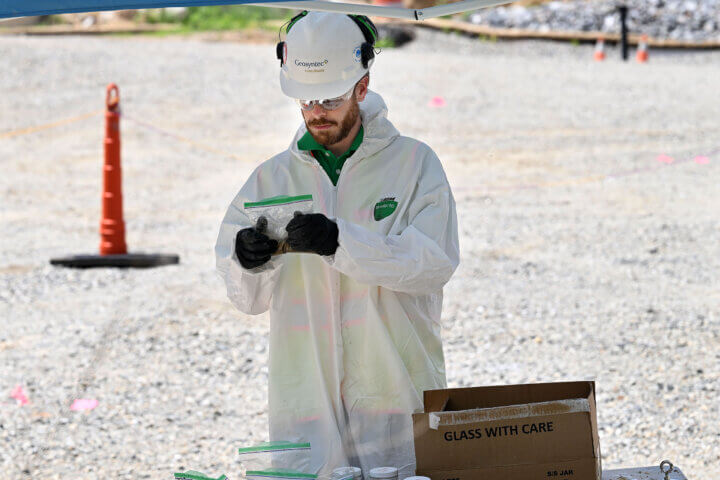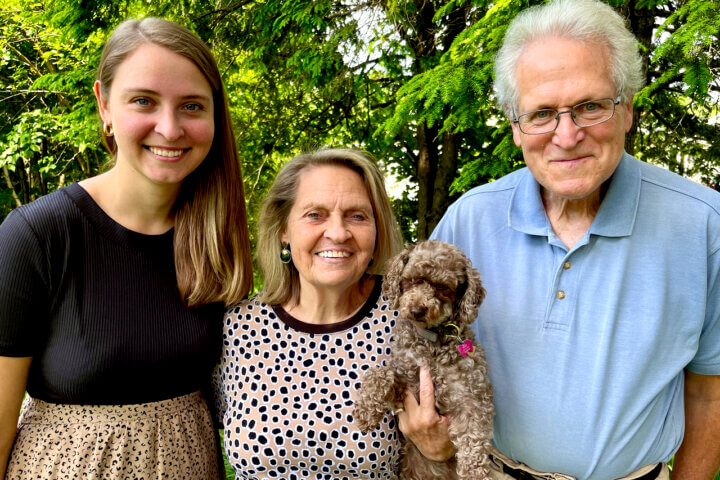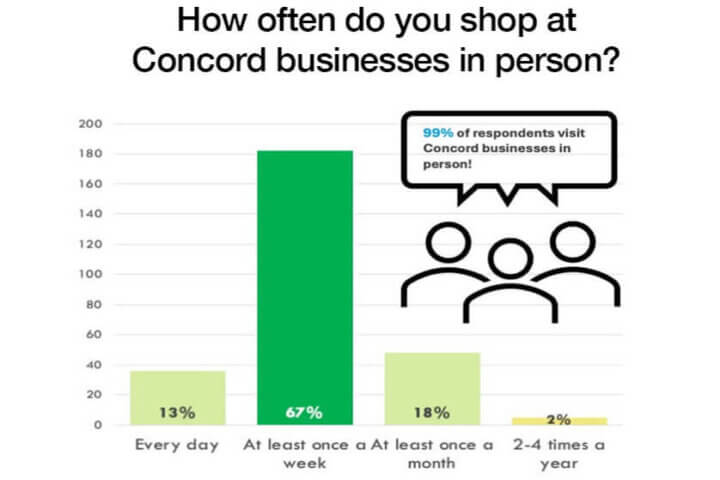By Erin Tiernan — Erin@theconcordbridge.org
Toxic PFAS chemicals are seemingly everywhere these days: they’re in the food we eat and the clothes we wear — and they’re also posing a problem in Concord’s tap water, an annual water quality report revealed.
And that will cost the average Concord homeowner nearly $86 more per year for water as rates increase to pay for treatment, local officials said.
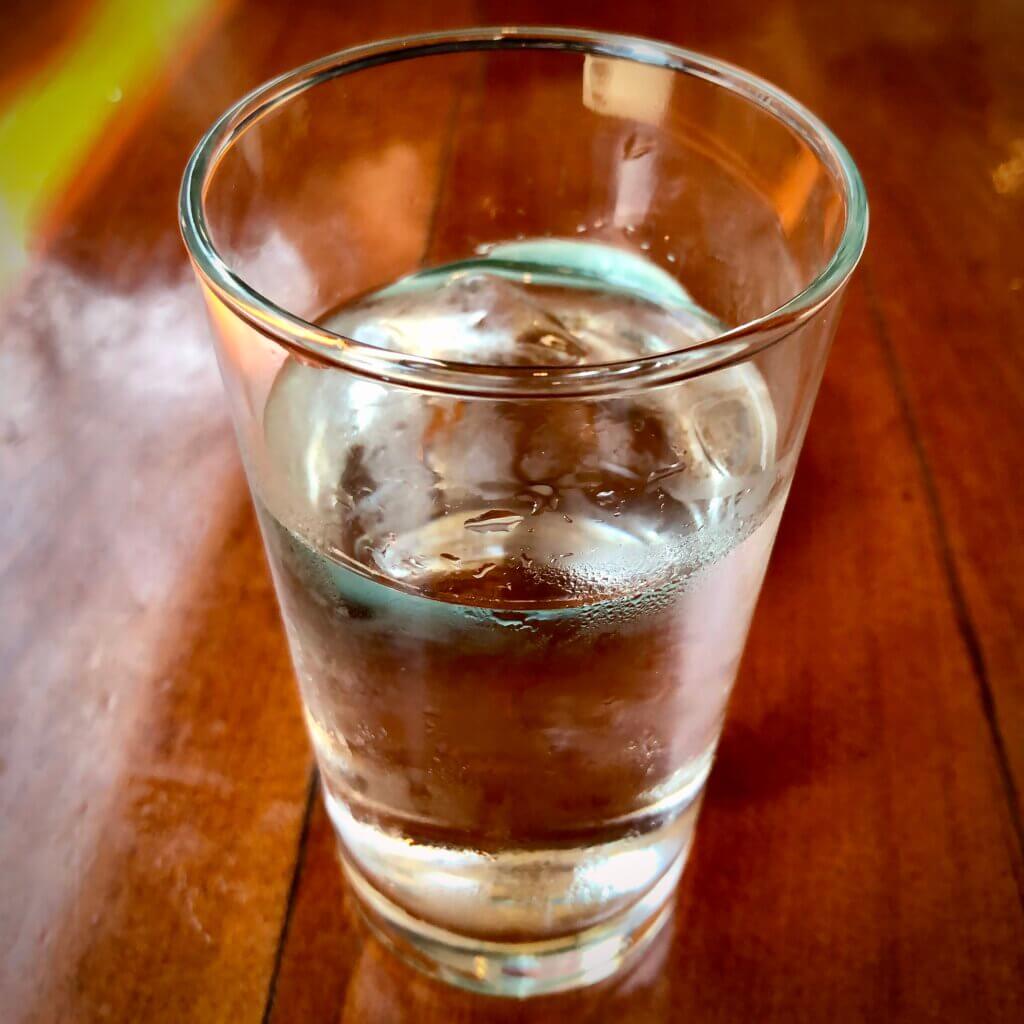
Melissa Simoncini, senior environmental and regulatory coordinator, said some per- and polyfluoroalkyl substances are detectable in “very low” concentrations currently acceptable by state standards.
But PFAS levels in three of Concord’s six wells are either too high or too close to the threshold to meet new, more stringent federal drinking water standards enacted by the U.S. Environmental Protection Agency in April.
In a recent interview, The Concord Bridge asked the top brass at the town’s water system if Concord’s water is safe to drink.
“When I talk to residents here in town, I let them know that I drink the water here in Concord right out of the tap,” Simoncini said.
Drinking water systems like Concord’s have five years to comply with the first-of-their-kind federal regulations on so-called “forever chemicals.”
The highly toxic manmade substances build up in the body and in the environment and have been linked to deadly cancers, liver and heart problems, and immune and developmental damage to infants and children, according to the EPA.
Nagog Pond and Second Division Well are currently displaying PFAS levels above the new federal limit of four parts per trillion. Recent samples showed 4.08 and 5.6 parts per trillion, respectively. The Hugh Cargill Wellfield shows potentially worrisome levels of 3.5 parts per trillion.
The cost of clean water
Concord Public Works has already set in motion an ambitious plan to scrub forever chemicals from the town’s drinking water supply.
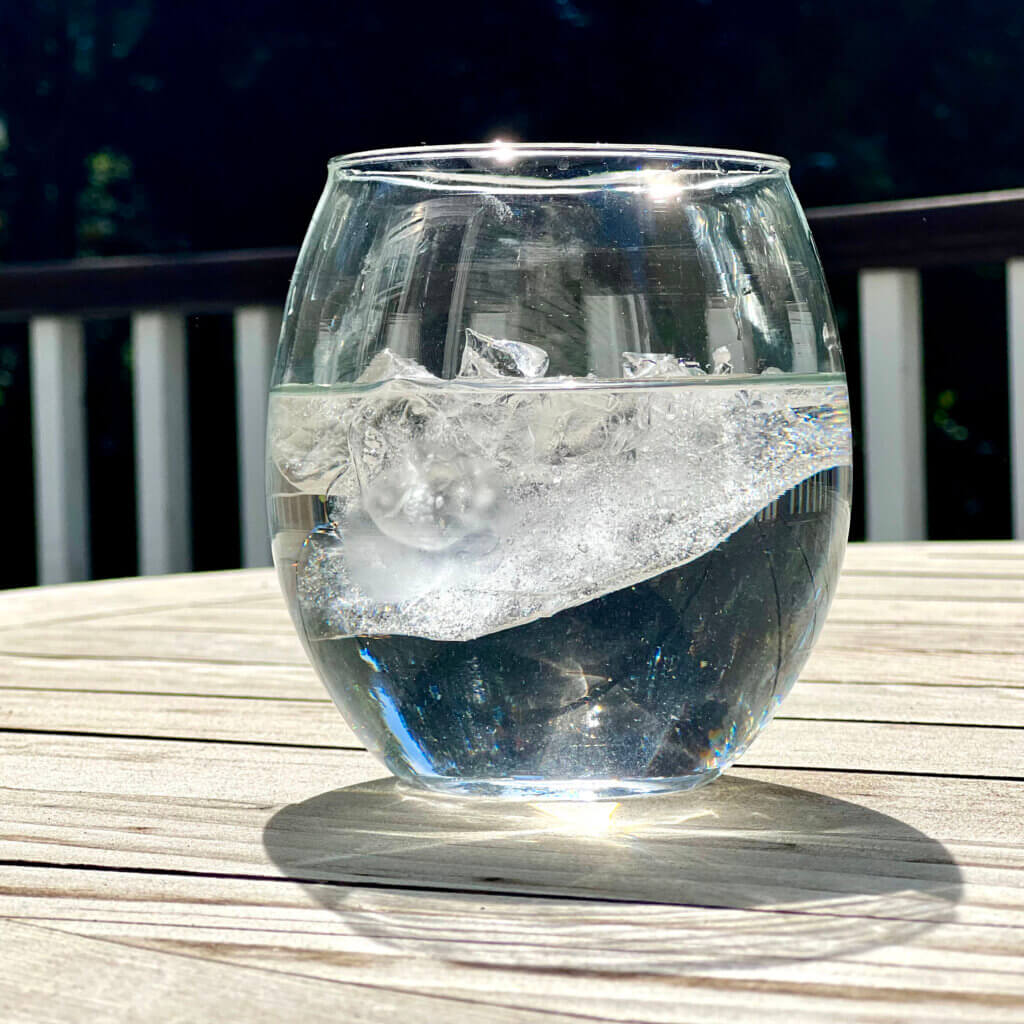
But as Water and Sewer Superintendent Jeffrey Murawski warned in a note to ratepayers in the May water quality report, “the bottom line is that water rates need to increase.”
Water rates will go up 12.5 percent next year as a result. The average Concordian will pay $779 for water in the coming year — about $86 more than they paid this year. Typical year-over-year increases generally hover around three percent to fund regular infrastructure improvements and pipe replacements.
PFAS is the “leading” cause behind the rate hike, Murawski said.
“Looking ahead at these PFAS requirements that have to get treated to very, very low levels — unprecedented low levels — that costs capital, and capital is what really drives the rate,” he said.
In April, town meeting voters approved an initial $50 million bond that Murawski said would primarily pay for new water treatment technology and equipment that can better treat drinking water for PFAS. The bond will be paid back through the Water and Sewer Division’s enterprise account.
Ubiquity
When it comes to contamination, the division has so far been unable to point to any obvious sources of contamination leaching PFAS into the town water supply. Simoncini said this underscores how “ubiquitous” the chemicals have become.
“Any PFAS we are seeing is likely attributed to background levels in the environment,” she said.
Used in consumer products and commercially since the 1940s, PFAS have been largely unregulated until recently, when their harmful effects on human health became more widely known.
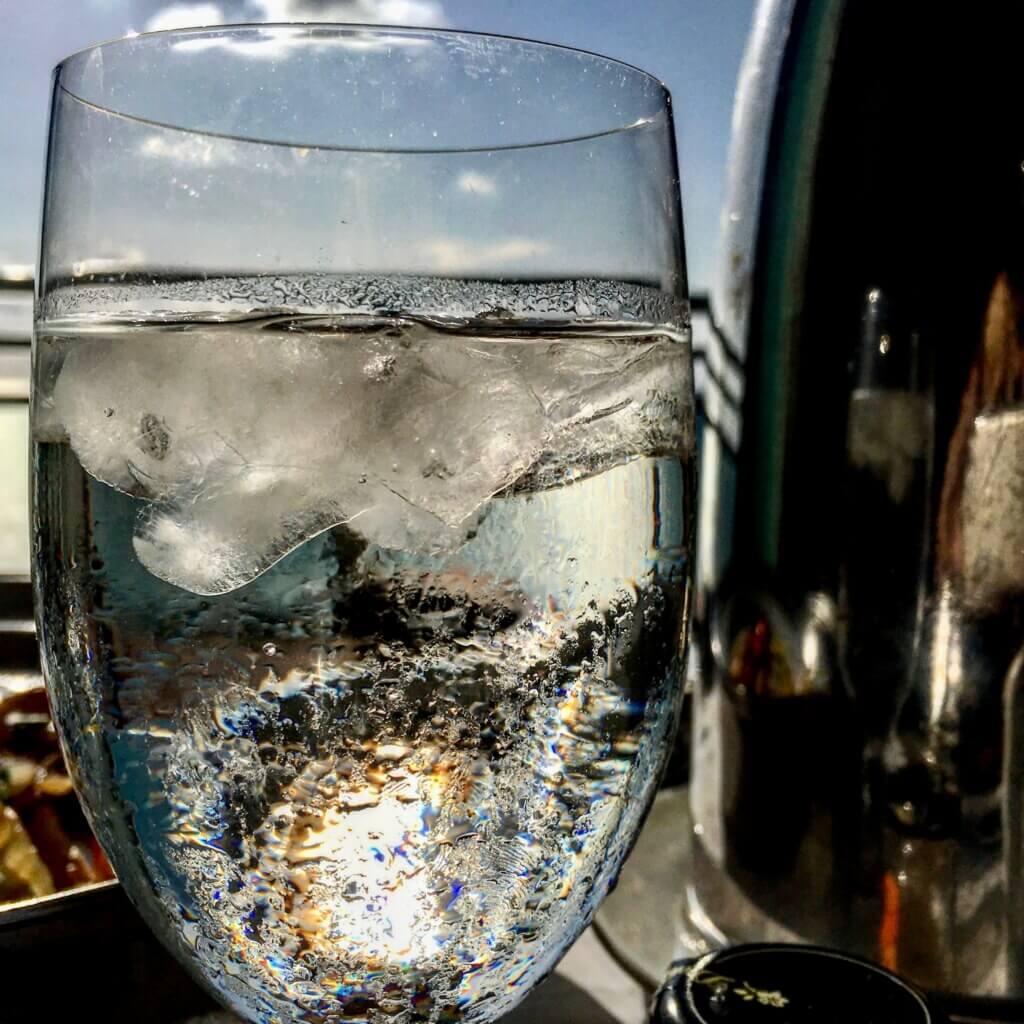
Concord is not alone in facing challenges with PFAS contamination in the public drinking water.
Roughly 70 million Americans are currently drinking water with contamination levels above the EPA’s new acceptable standard, data show. Of 3,800 public water systems tested so far, 1,245 measured at least one PFAS compound above the EPA’s reporting levels. Those numbers are expected to grow as sampling continues around the nation.
But it’s not the only chemical causing trouble for Concord’s potable water.
Bromate, a disinfection byproduct, has been present in concentrations that exceed allowable limits in samples from Nagog Pond. Samples from the summers of 2019, 2020 and 2022 showed levels just under 11 parts per billion. The maximum contamination level is 10 parts per billion.
Overall, Concord’s drinking water bromate levels are about four parts per billion.
For more information about Concord’s public drinking water, contact the Water & Sewer Division at (978) 318-3250, follow them on Twitter, Facebook or Instagram, or visit concordma.gov/2856/PFAS. Sign up for emergency alerts with CodeRed.
2023-Annual-Water-Quality-Report-CY

